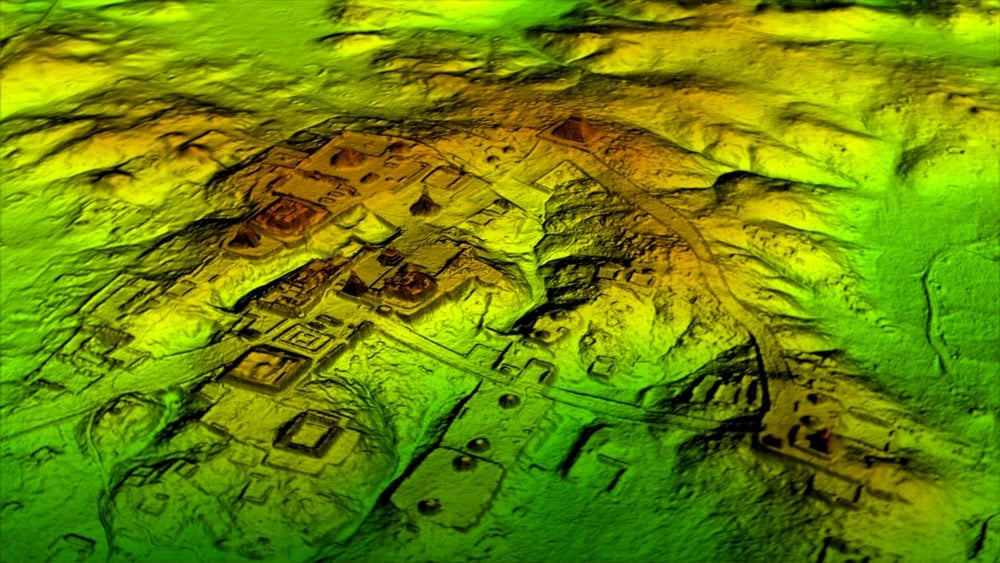Evidence of advanced Mayan civilization found hidden in Guatemalan jungle
Using LIDAR, a team of researchers in Guatemala has been able to peer underneath the dense jungle to see what the landscape looked like in the time of the Mayans, a civilization which reached its peak between 250-900 A.D. — an x-ray of the forest, if you will. The results are astonishing…they reveal a civilization much larger and more sophisticated than previously thought.

The results suggest that Central America supported an advanced civilization that was, at its peak some 1,200 years ago, more comparable to sophisticated cultures such as ancient Greece or China than to the scattered and sparsely populated city states that ground-based research had long suggested.
In addition to hundreds of previously unknown structures, the LiDAR images show raised highways connecting urban centers and quarries. Complex irrigation and terracing systems supported intensive agriculture capable of feeding masses of workers who dramatically reshaped the landscape.
The potential of LIDAR as a cultural and geological time machine is just starting to be realized. You might remember these LIDAR images of the geology of forested areas in Washington State.
Update: Another team, working in Mexico, recently used LIDAR to uncover a city built by the Purépecha civilization that had as many buildings as modern-day Manhattan.





Stay Connected